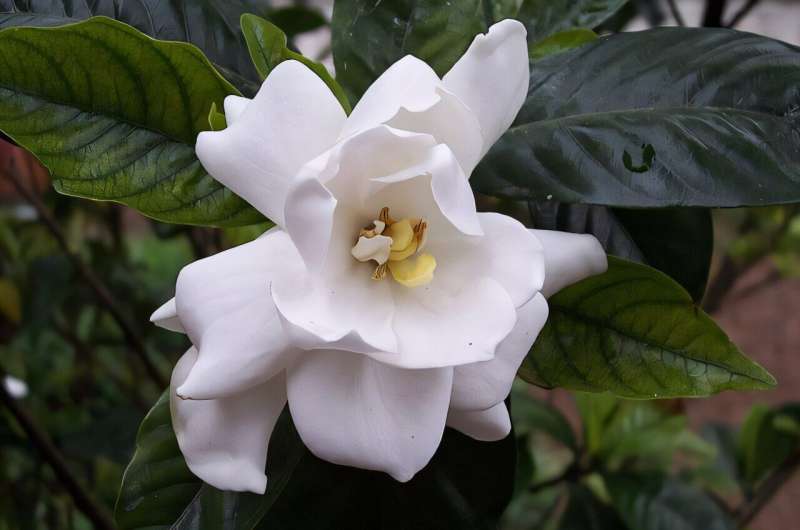Gardenias are known for their rich, earthy fragrance, waxy petals and brilliant white color that contrasts with the deep emerald green of their leaves. The plant has long been prized by herbalists, seekers of food and fabric dyes, and even pharmaceutical companies.
Now, a collaborative team of scientists at several research centers in the United States has found that a compound known as genipin, derived from the gardenia plant called Cape jasmine, can prompt nerve regeneration. Neurons damaged and stunted by disease find new life in the lab when exposed to the plant-derived compound.
The chemical comes from the fruit of this extraordinarily versatile plant. Gardenia shrubs, in general, are native to tropical and subtropical regions of Asia. But the plants are propagated globally by horticulturists and amateur gardeners who are most familiar with the flower’s beauty and the intoxicating scent of their perfume.
Genipin is being studied as a potential treatment for a rare degenerative nervous system disorder that is caused by a gene mutation. The condition is known as familial dysautonomia, which becomes evident during infancy. The hypothesis of this relatively large cadre of regenerative medicine researchers is that genipin from the humble gardenia plant—known scientifically as Gardenia jasminoides—possesses the secret to effective treatment.

